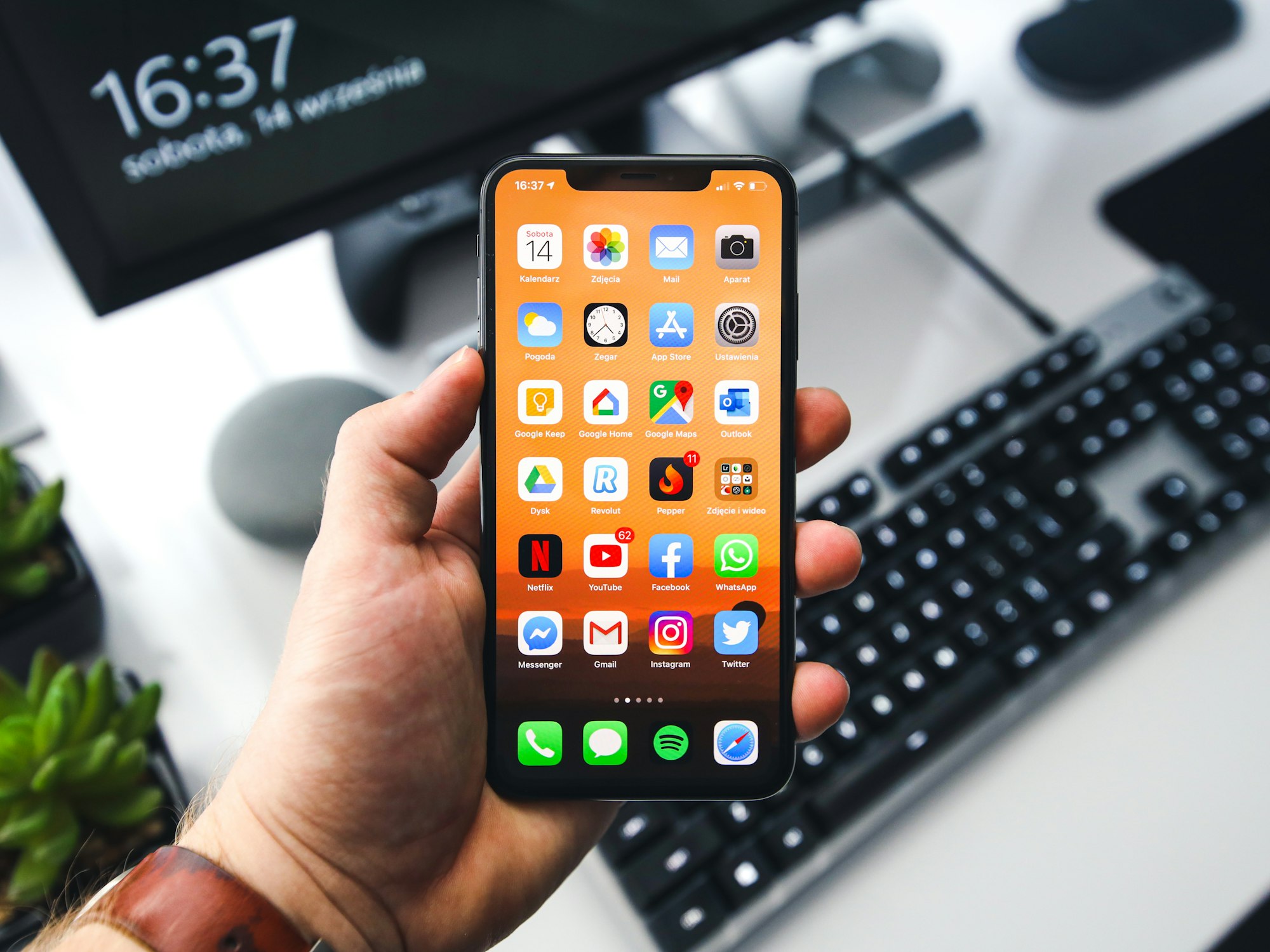Apple to mass produce its own microLED displays for iPhones
Apple is about to shake up the tech industry yet again as reports suggest that it is gearing up to create its very own microLED screens for the iPhone – a bold step that could significantly reduce its reliance on long-time rival Samsung as a supplier. If you didn't

Apple is about to shake up the tech industry yet again as reports suggest that it is gearing up to create its very own microLED screens for the iPhone – a bold step that could significantly reduce its reliance on long-time rival Samsung as a supplier.
If you didn't already know, its major competitor, Samsung has been the primary supplier of the OLED screen panel for Apple's iPhones and it has been this way since the iPhone 4. According to a 2022 report by GSMArena, Samsung supplied up to 80 million screen units used in the iPhone 14 series, which is about 80% of all of Apple's screen supply. Other supplies were from the Korean company LG Display and the Chinese BOE.
The microLED technology that Apple is venturing into is said to bring a host of advantages over the current OLED screens used in iPhones. With superior brightness, decreased power consumption, and improved contrast ratio compared to current iPhones with OLED displays, microLED displays are poised to revolutionize the visual experience on Apple devices.
And Apple has spared no expense in this regard, reportedly investing a staggering $1 billion in microLED research and development and assembling teams across the United States, Taiwan, and Japan to help in its effort.
Not expected to launch until 2025, the company aims to introduce this revolutionary technology first in the Apple Watch Ultra, before scaling up production for iPhones.
Summarily, Apple is trying to gain greater control over the entire manufacturing process of its screens, reducing its dependence on external suppliers and ultimately introducing the technologies on its iPhone, which is its key revenue source.






